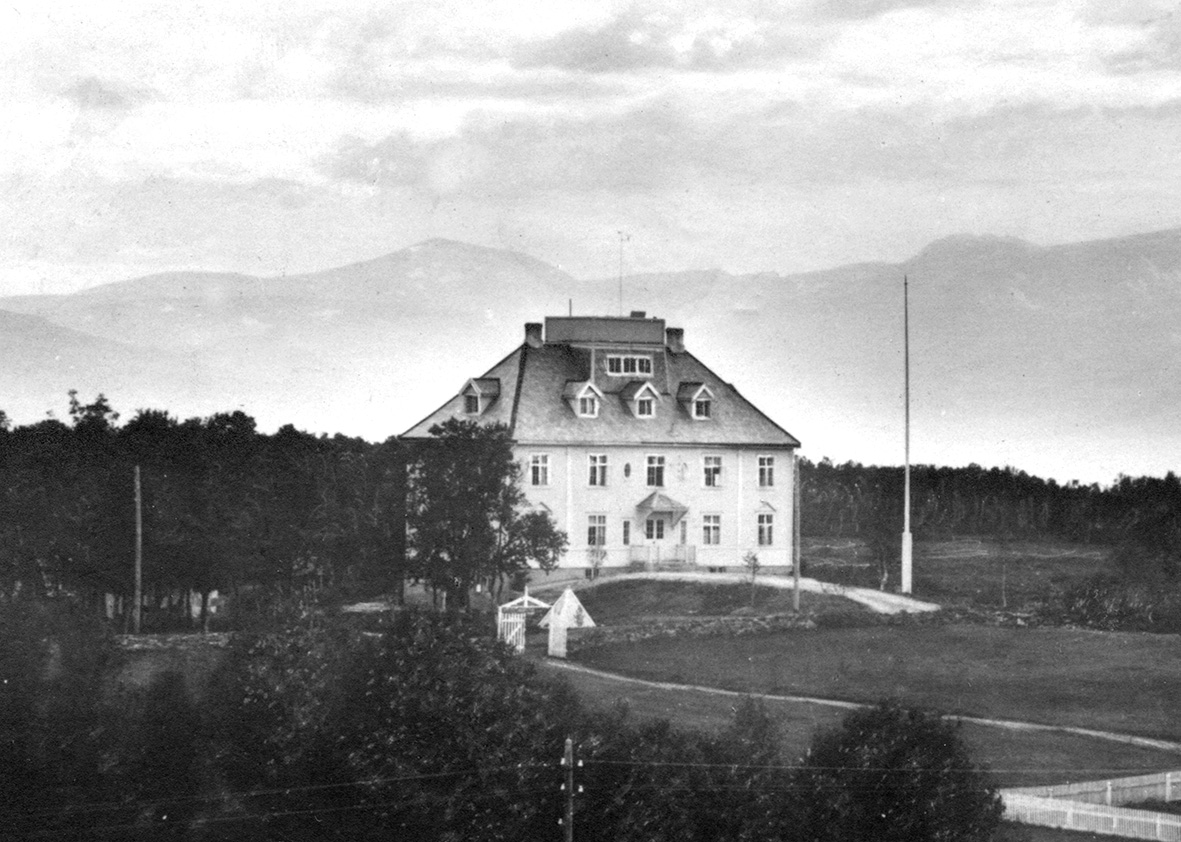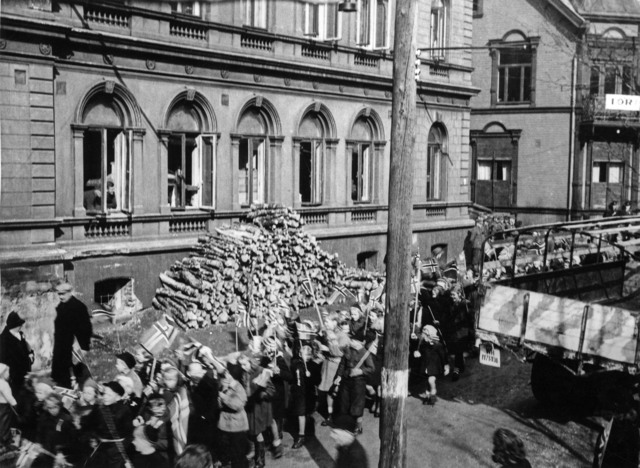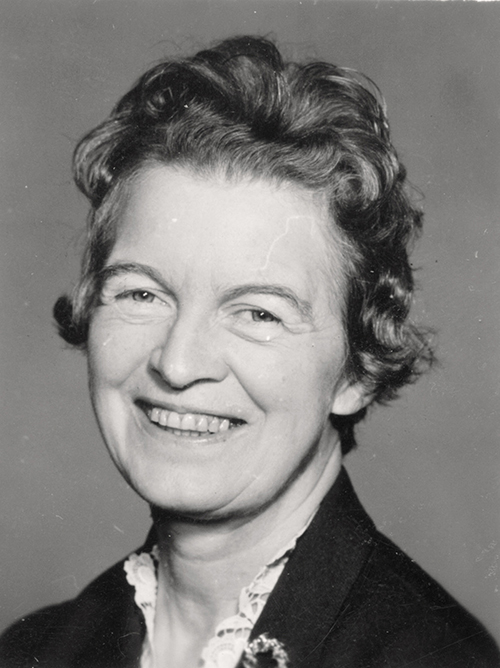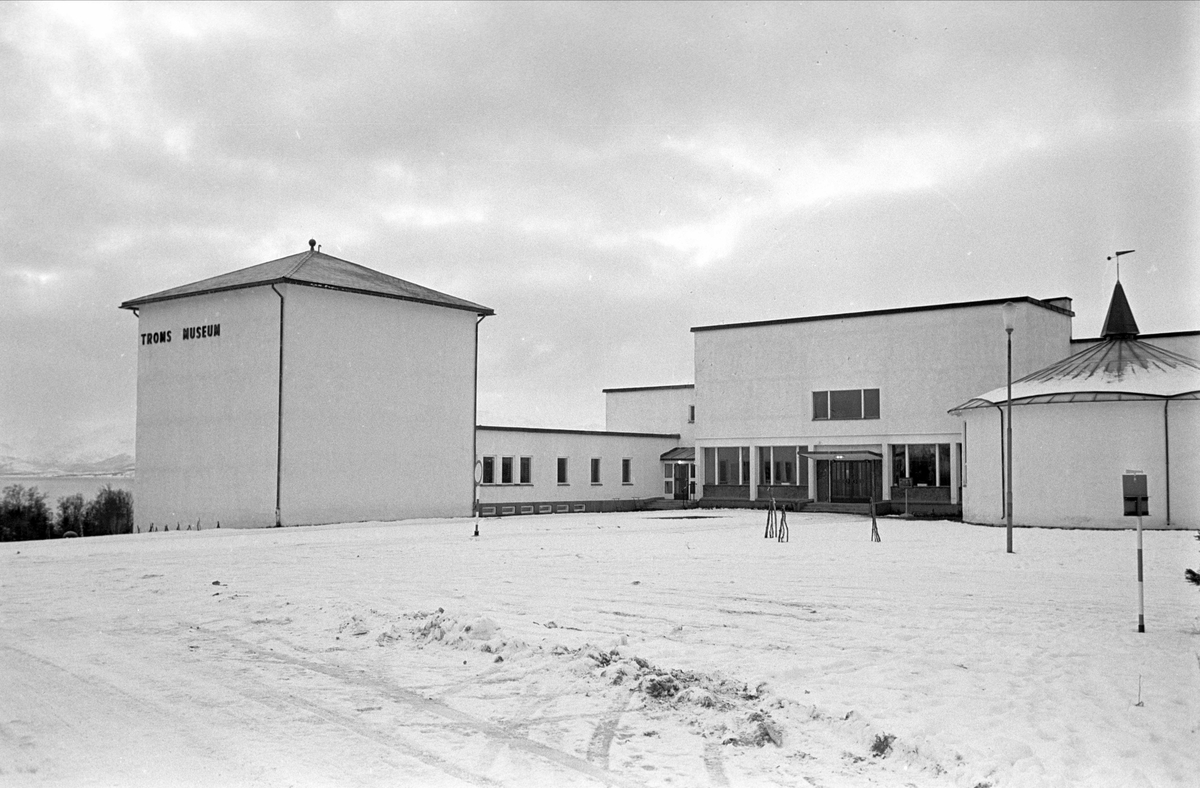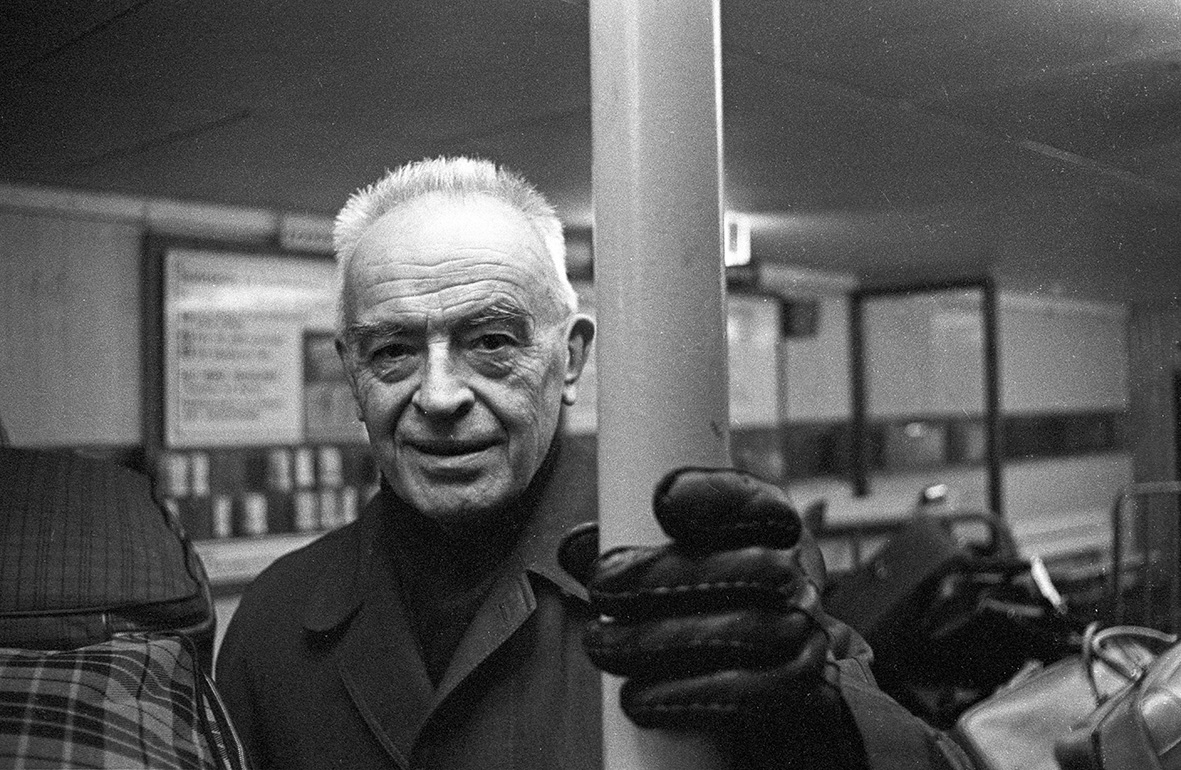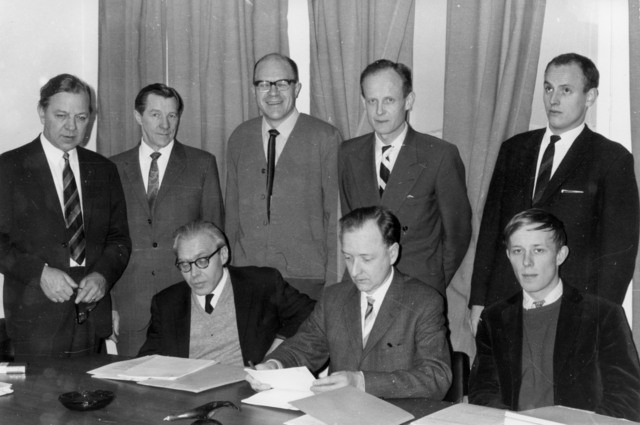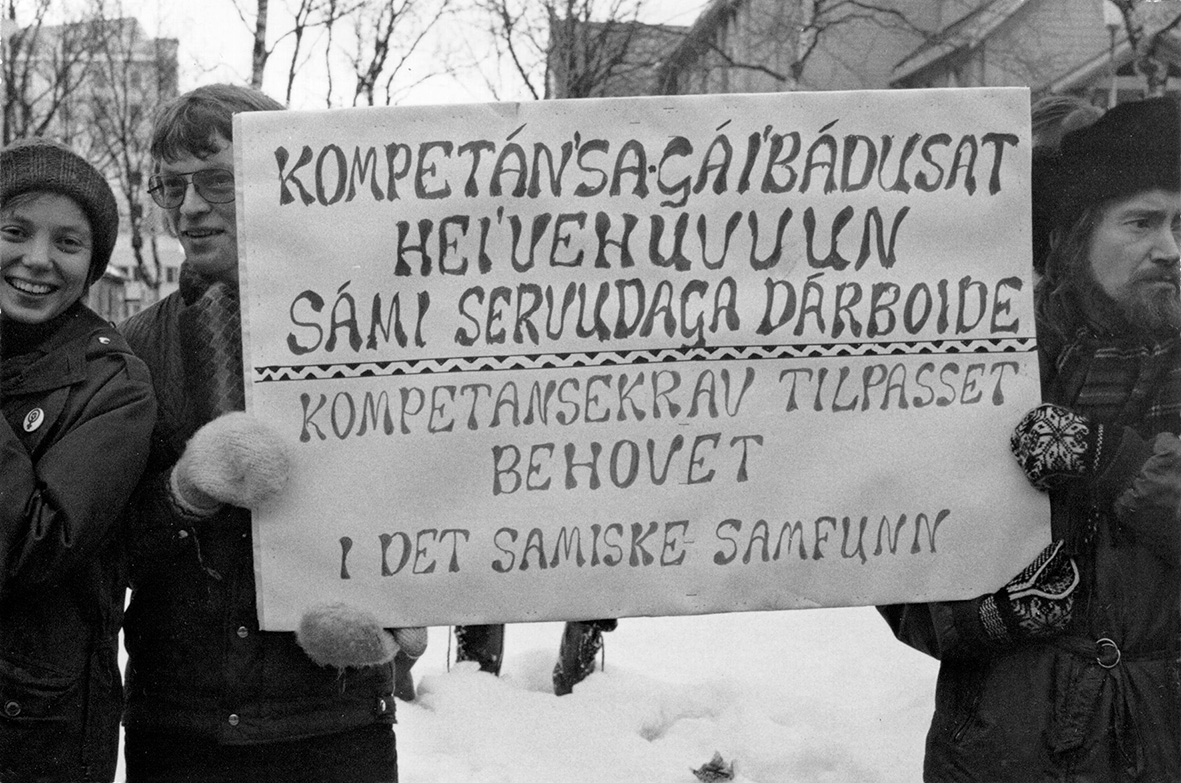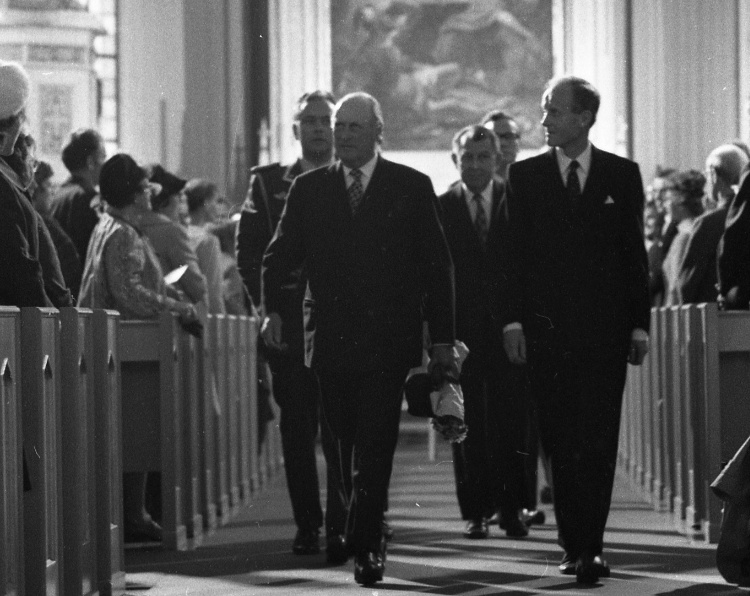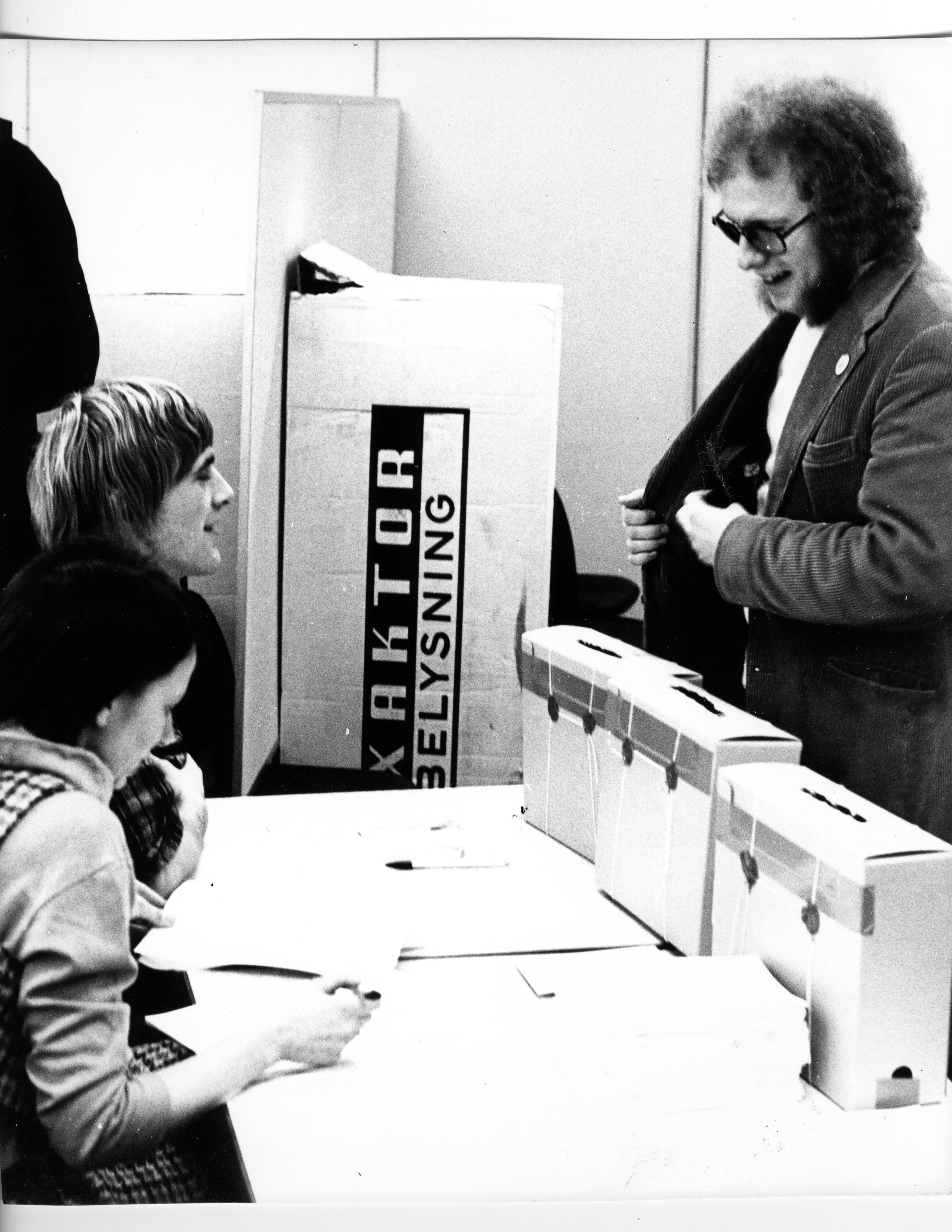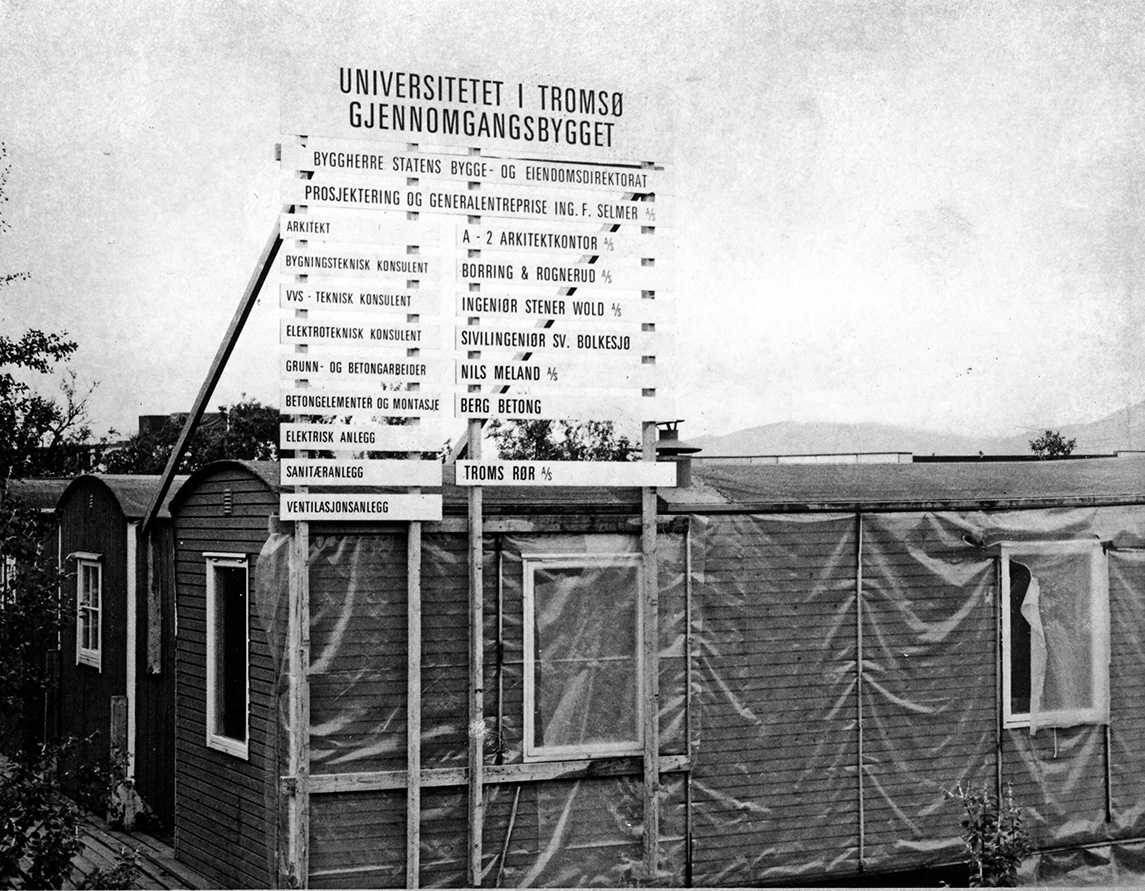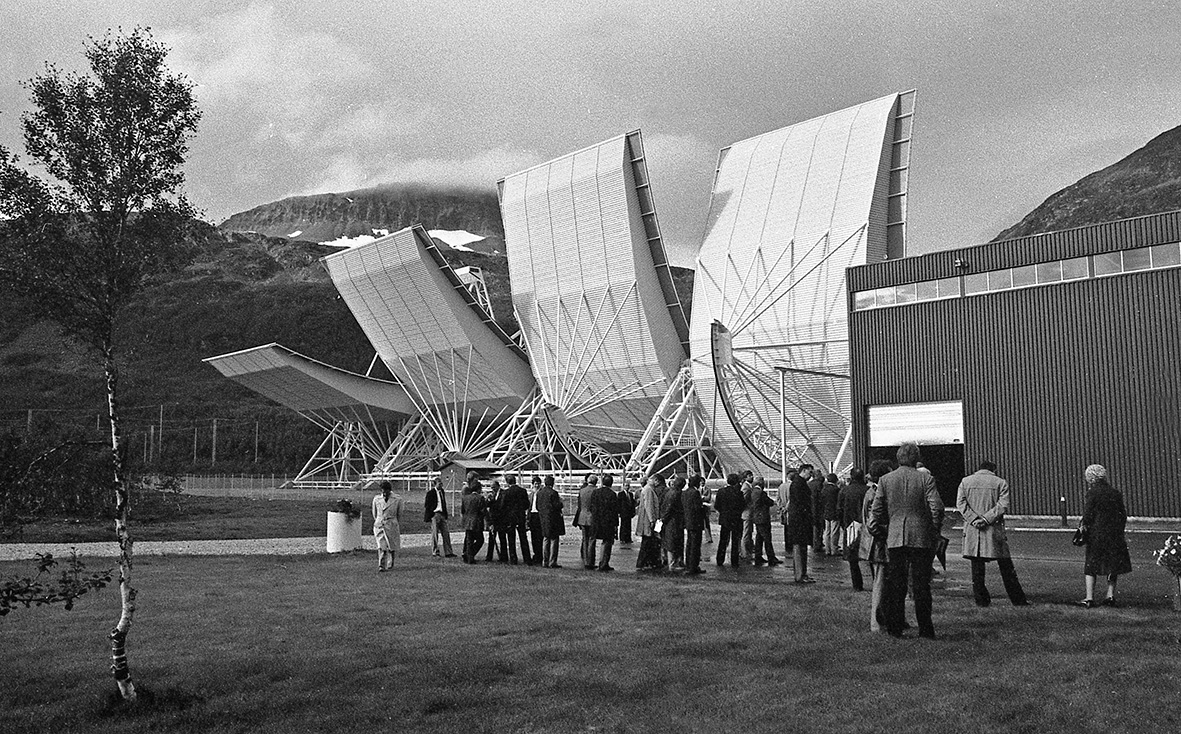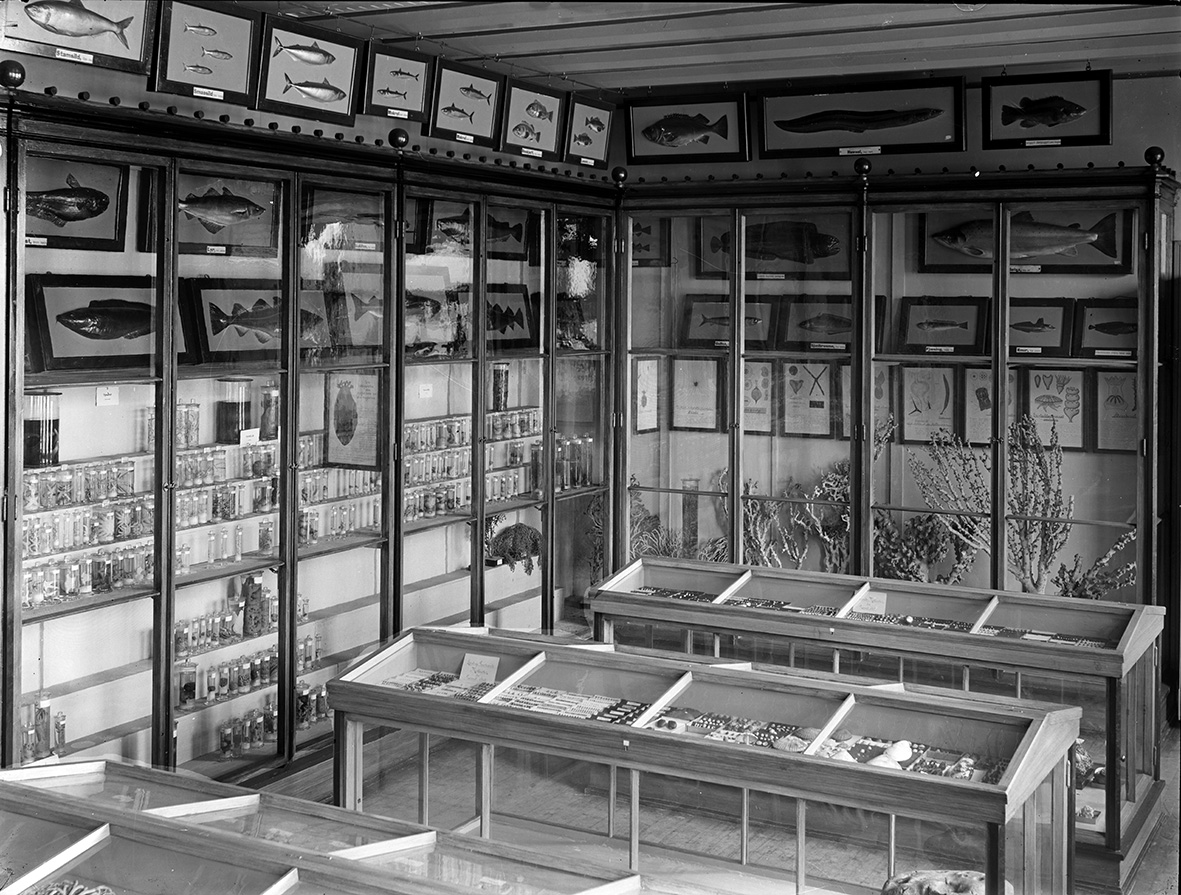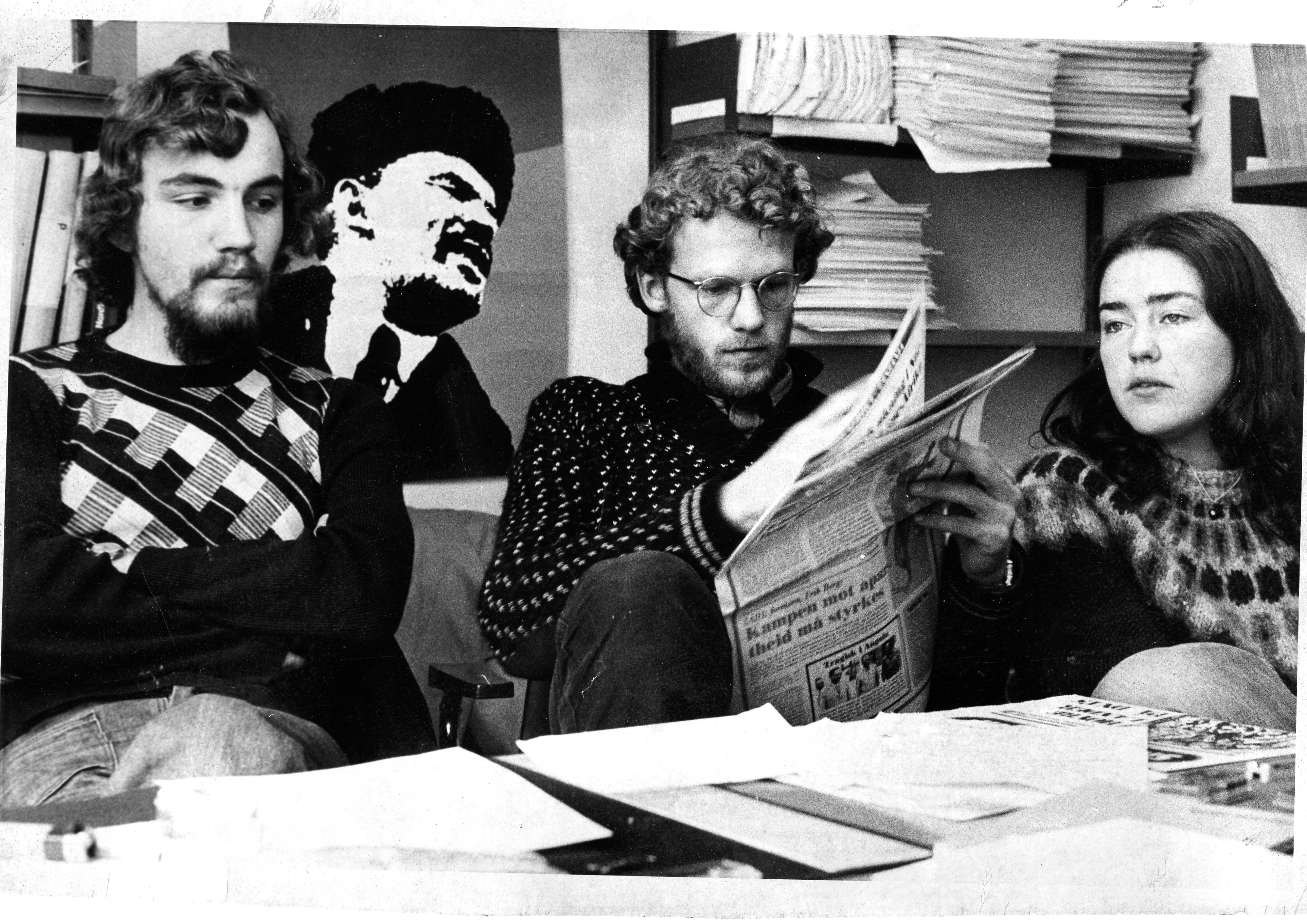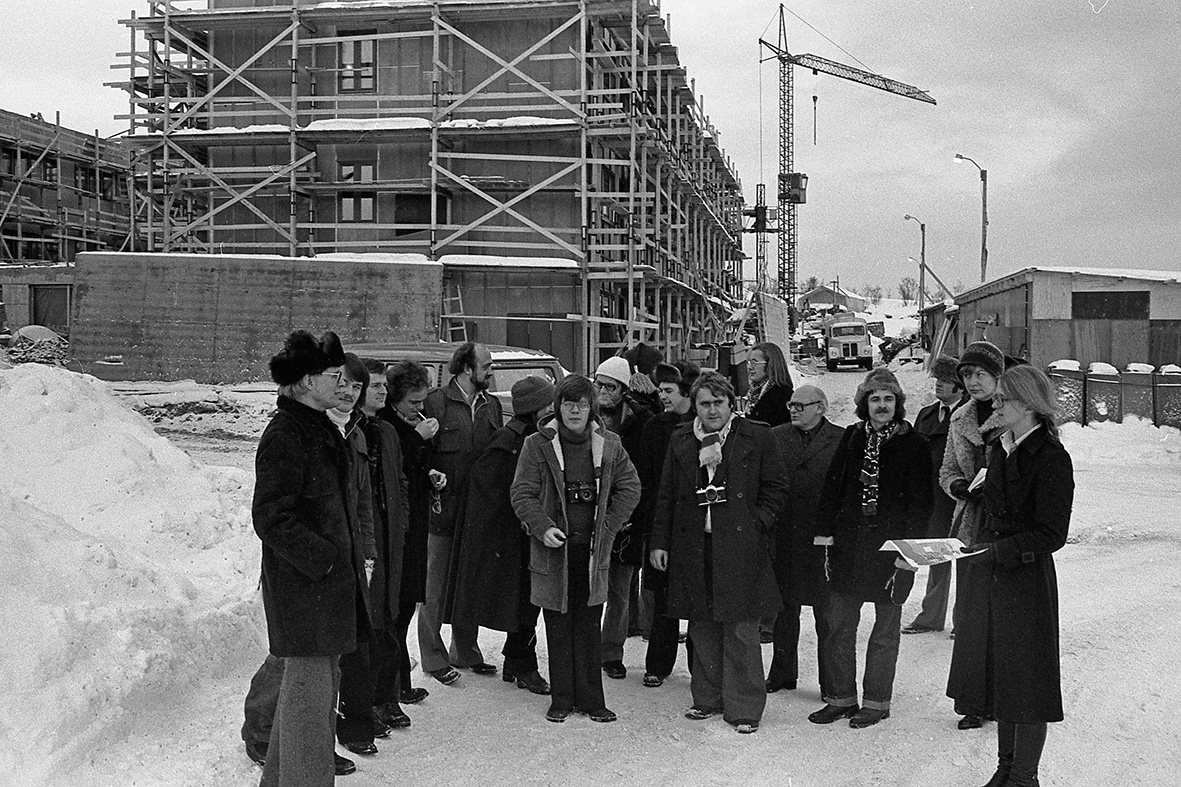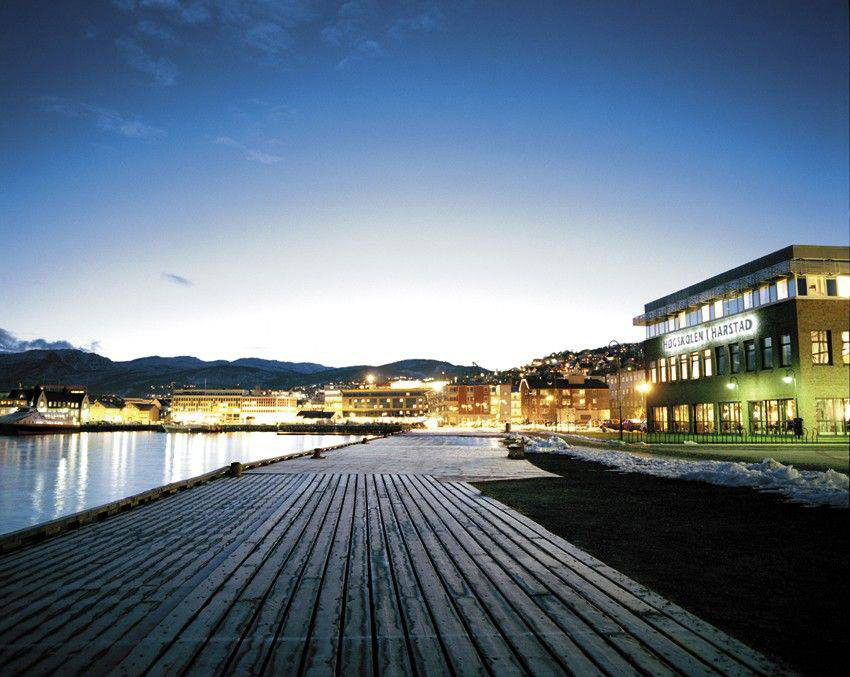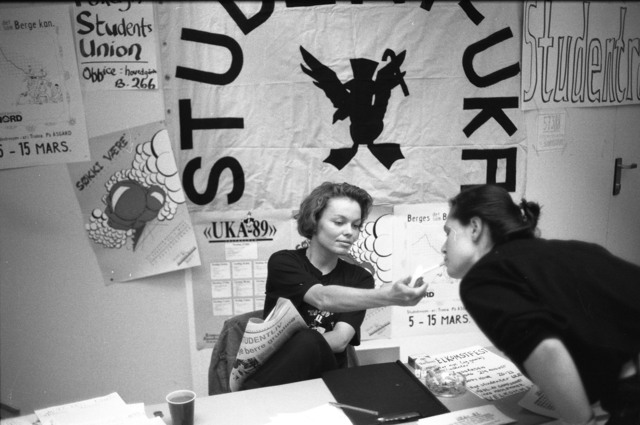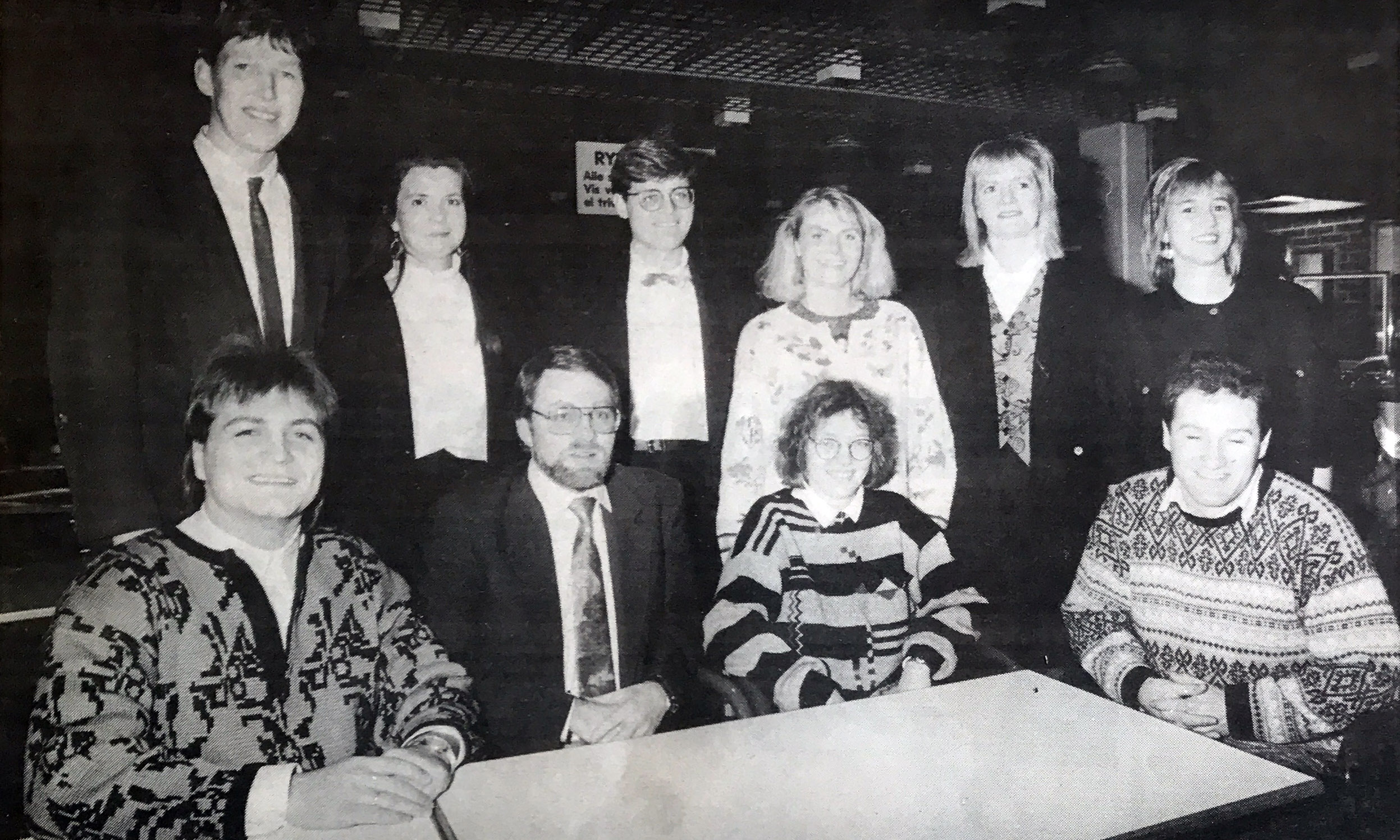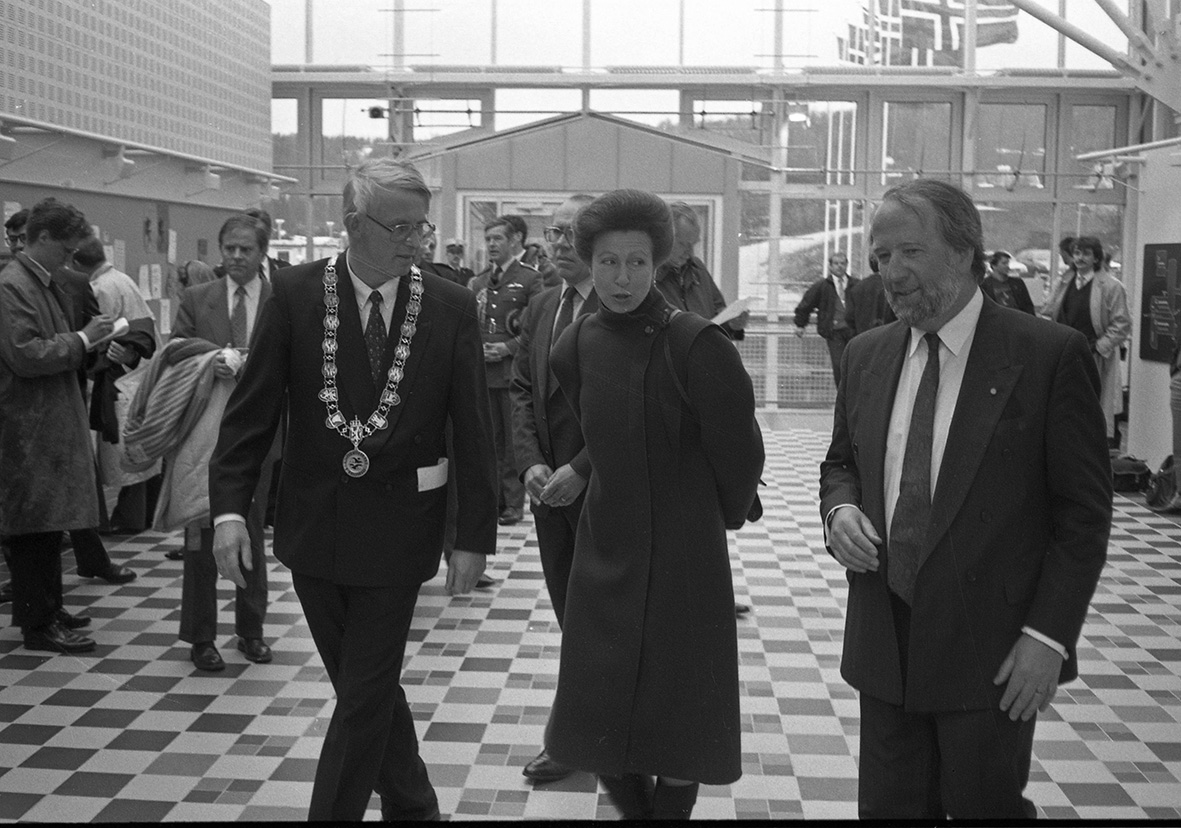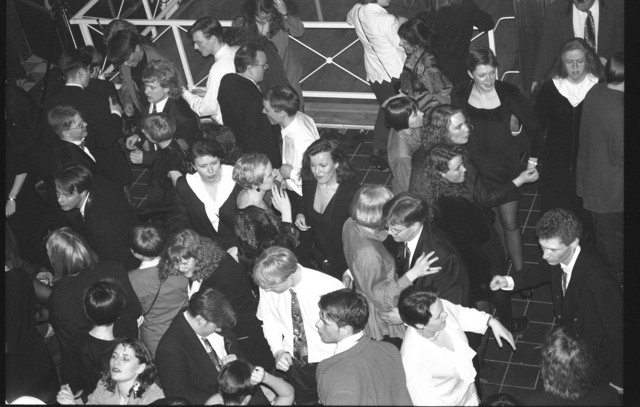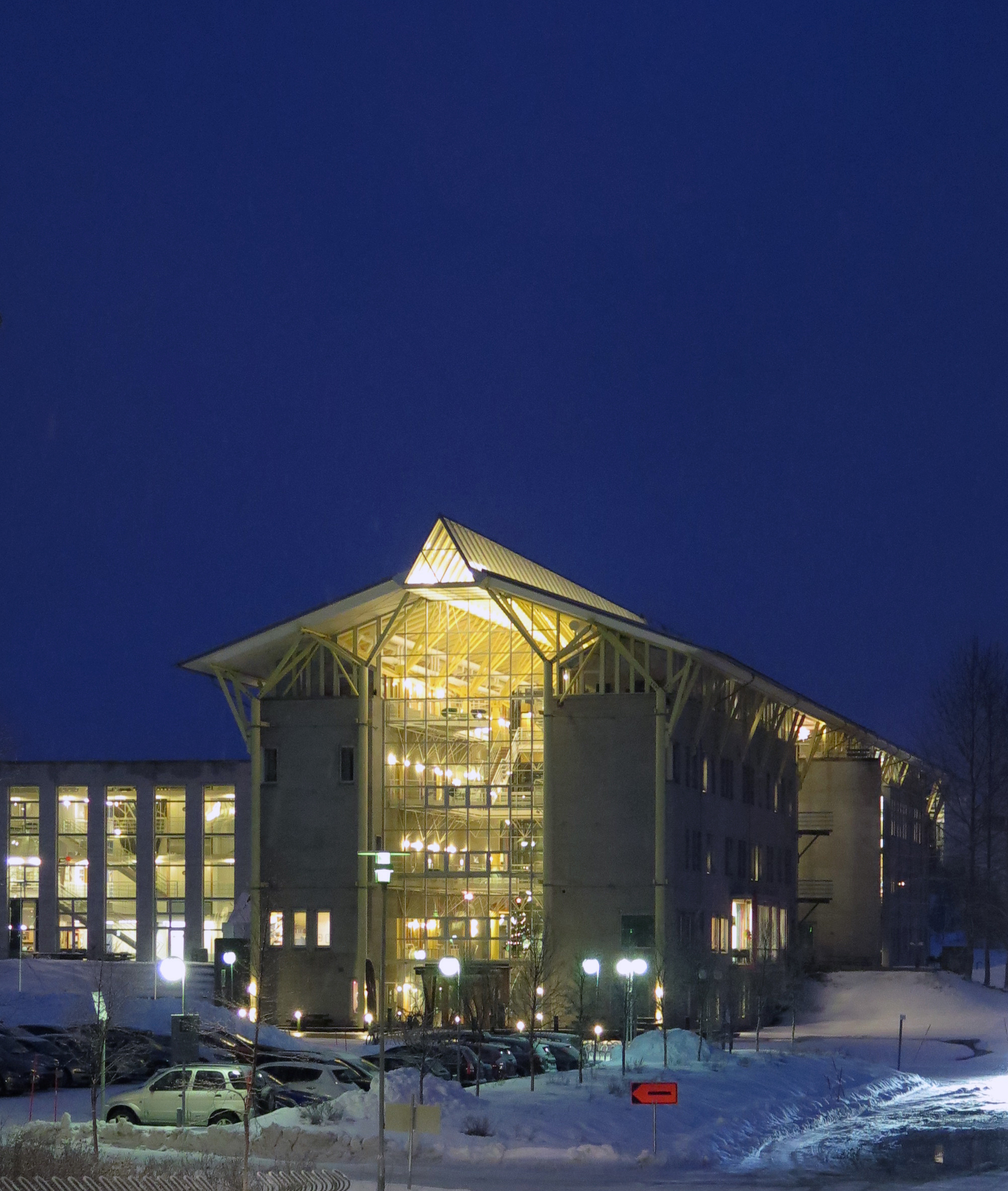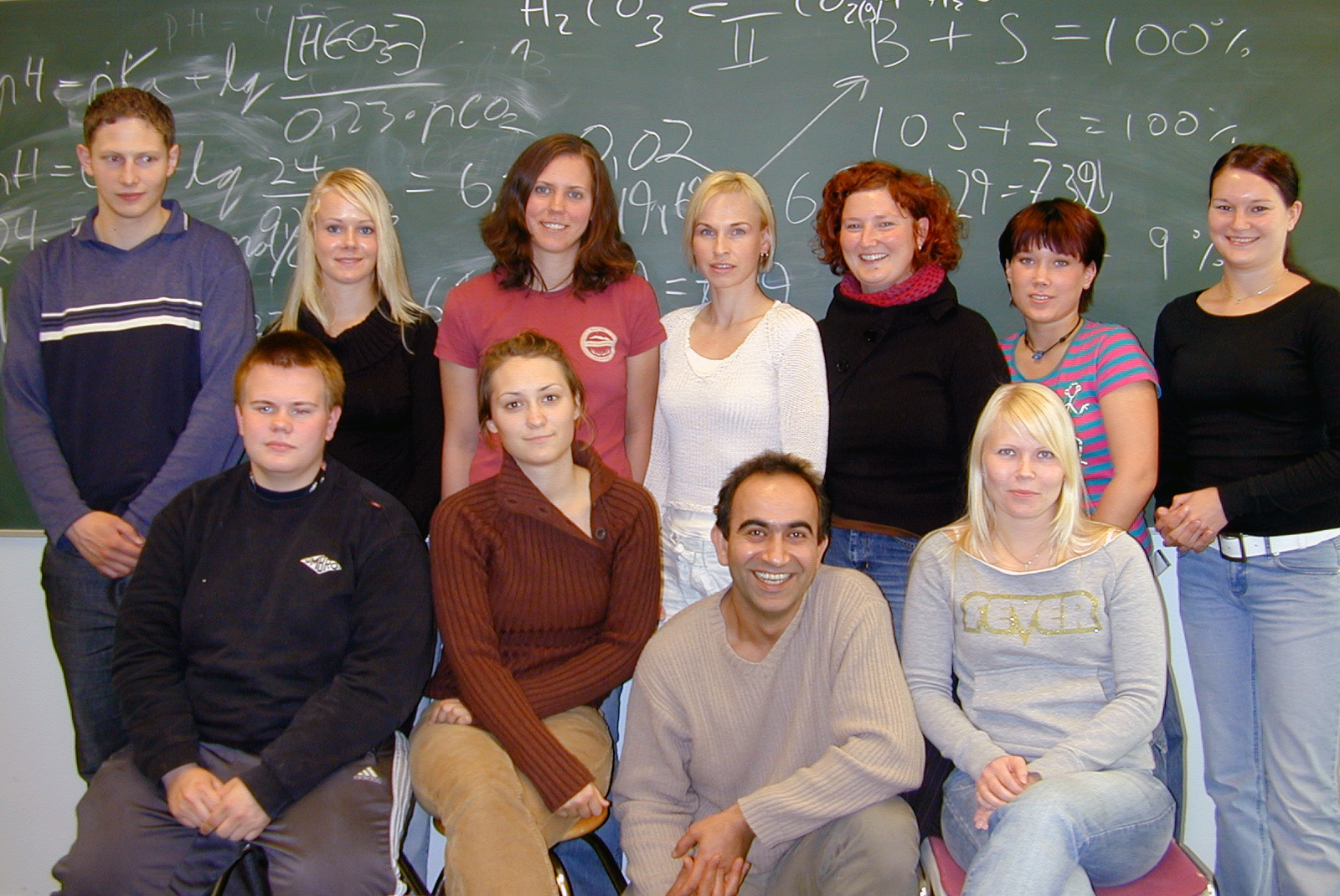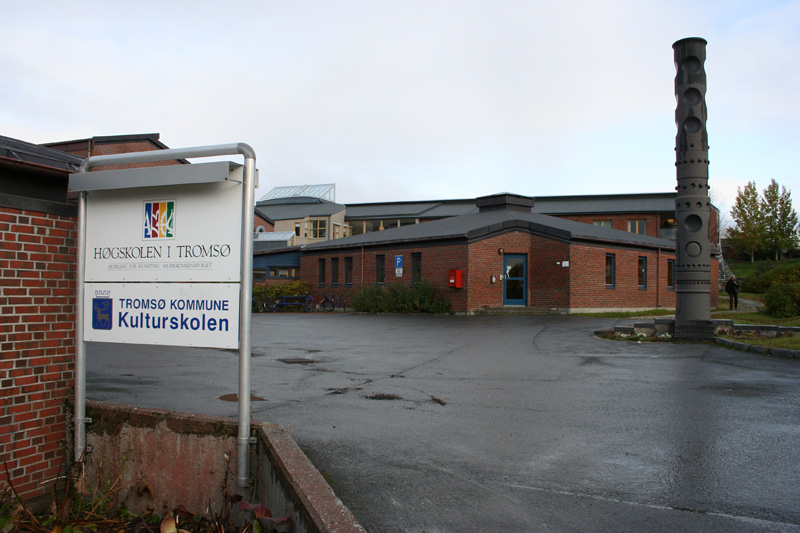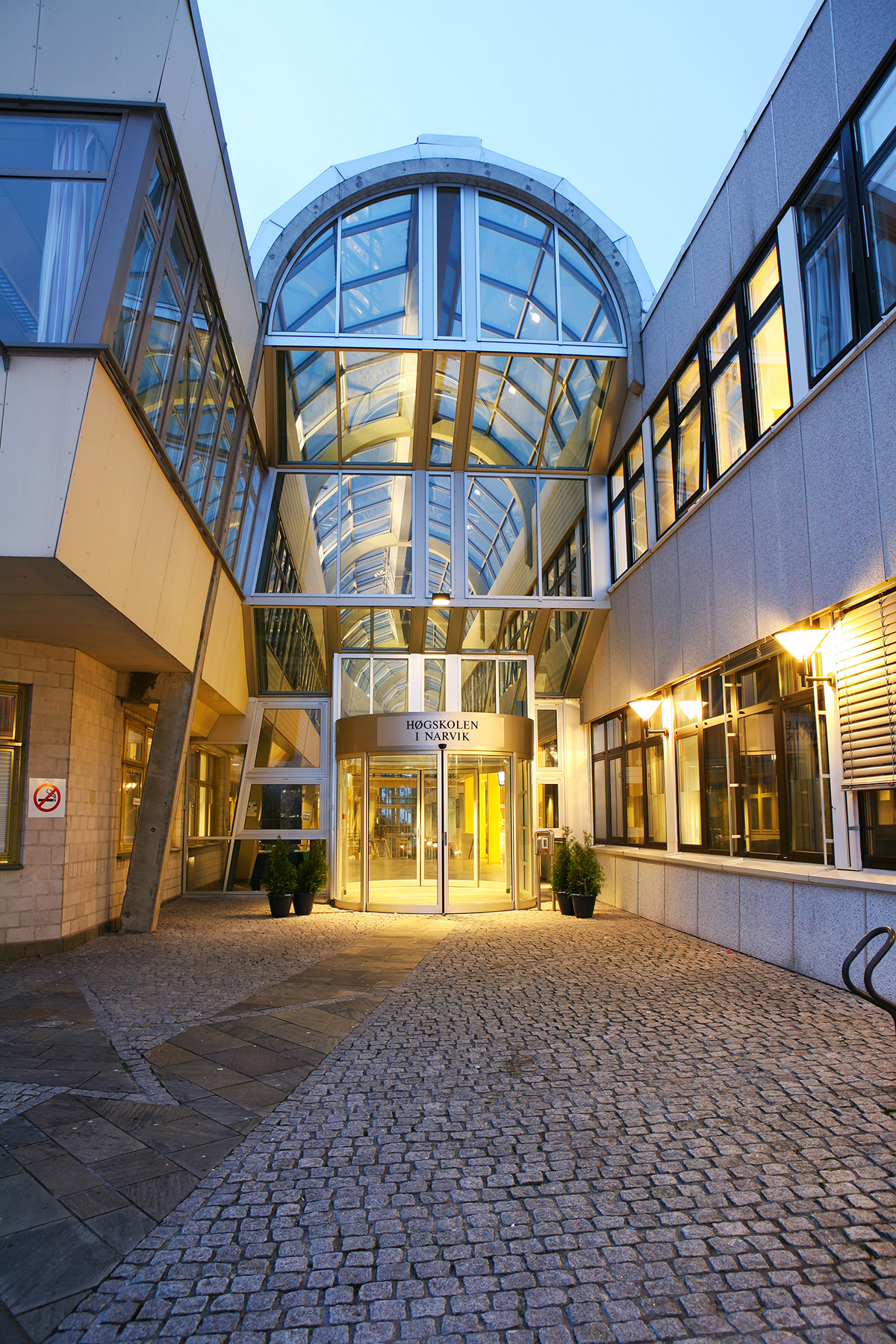The Sami language was one of the subjects prioritized by the interim board, however, they failed to find candidates for the top positions. In 1975, the students demonstrated because they believed the Sami language courses offered by the university lacked quality. Photo: J. A. Kalstad. Tromsø Museum, the University Museum.
The medical program was, without doubt, the most important to the interim board. They also stated that natural science and social science were important fields for the new university. These research communities developed quickly. The social sciences, especially, had good grounds for expanding. Extensive research was done into the local society and the unique challenges faced by the region, however, the social science’s placement within the medical studies was the most important. The board wished to create a medical program that was more socially oriented. In contrast to the success of the social sciences the language courses suffered. The philologists were not represented on the interim board and consequently had limited influence.
Sami was one of the few languages that was prioritized. The problem was that they had nothing to build on. The university-level Sami language field was supposed to be developed by the university, however, they failed to find candidates for the top positions. In contrast, there was great activity in the field of humanities, greater than anticipated. For example, the Department of History had great success with their recruitments.
The board also had to plan the medical program. The medical program’s curriculum was launched in 1971. It went under the name “the little half-red book” because of the colors on its covers. Even though the plan in no way represented Maoism, the nickname and the objective of the plan alluded to Mao’s Little Red Book, as the medical program was going to “serve the people”.
Peter F. Hjort led the work that concretized the thoughts of a medical program rooted in the issues of community medicine. Hjort believed that doctors needed a warm heart and a clear head, a motto already held by many medical doctors. In the new program, the curriculum and the training were going to integrate with one another. The medical students would have patient contact, preferably from day one, there would be as few exams as possible and no grades. The plan was visionary, and the new employees who set out to develop this new approach to study were put to the test. Often, they were forced to prepare lectures late into the night.
In 1971, the Northern Lights Observatory was incorporated into the university. The field of physics had been explored in Tromsø for more than 70 years, and in the coming years, it would become one of the university’s top priorities.


